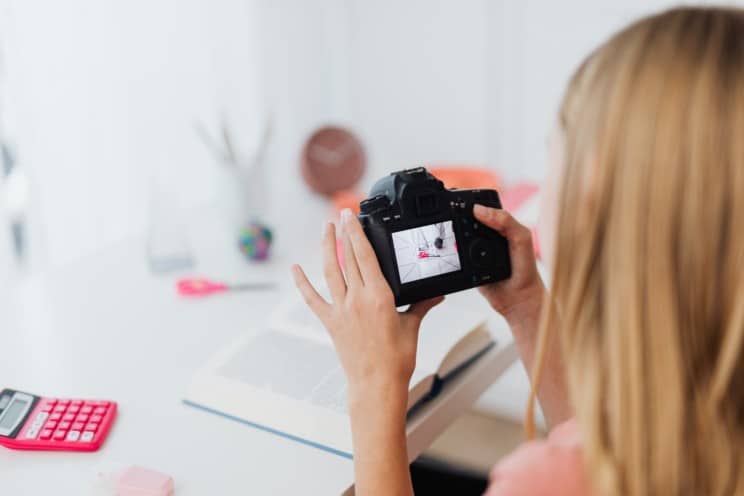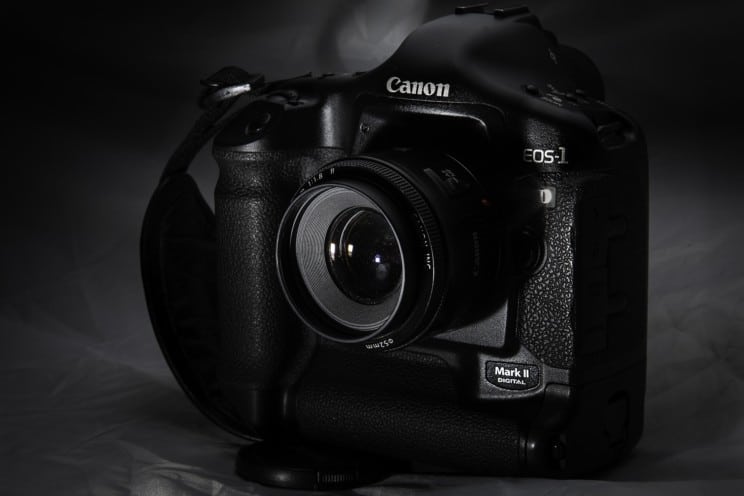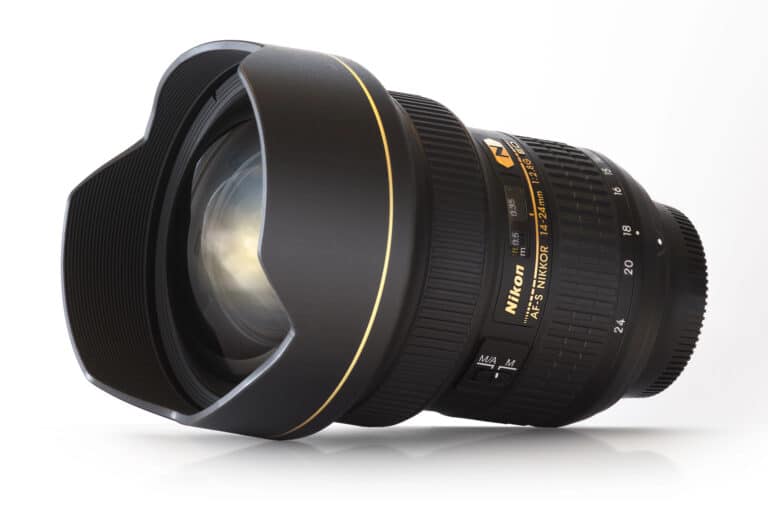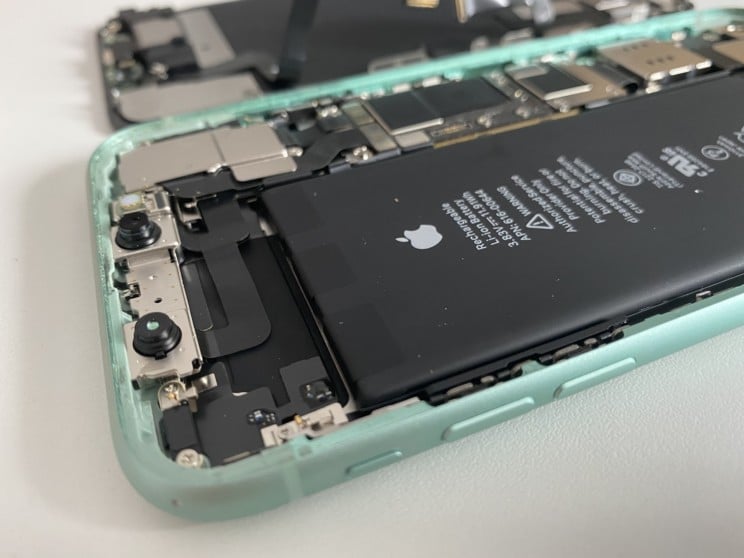Why Does iPhone Camera Need Cellular Data?
If you’re an iPhone user, you’ve probably come across the message ‘Cannot connect to cellular data network’ while trying to take a photo using your camera app.
It can be frustrating when this happens and leaves many wondering why their phone’s camera needs access to cellular data in the first place.
The answer lies in how Apple designed its Camera app to function.
While some features of the app don’t require an internet connection, such as taking photos or recording videos without filters, others like Live Photos, Portrait mode, and some editing tools rely on access to cellular data.
Let’s dive deeper into why these features need internet connectivity and whether there are any workarounds for those who have limited data plans or no Wi-Fi available.
Understanding How the iPhone Camera App Works
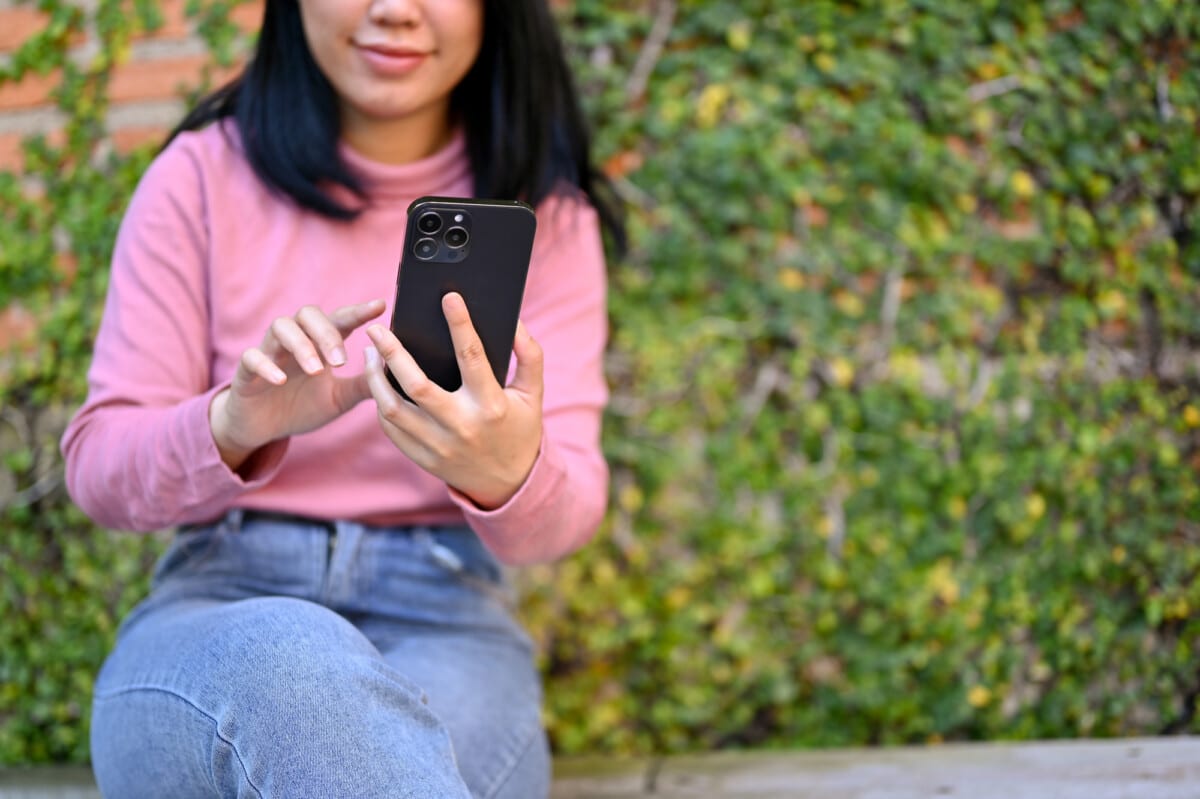
When you take a photo with your iPhone camera, it automatically saves the image to your device’s internal memory or cloud-based storage depending on your settings.
However, what many people don’t realize is that in order for the camera app to function properly, it needs access to cellular data.
This is because when you take a picture, data has to be sent between different parts of the system – from the lens to the processor and then finally onto your screen or cloud storage.
Without an internet connection, this process simply can’t happen effectively.
The Role of Cellular Data in Live Photos
The iPhone camera does not necessarily need cellular data to function, but certain features such as Live Photos require it.
This is because Live Photos capture several seconds of video and audio before and after a photo is taken, resulting in a larger file size that needs to be stored somewhere.
Without an internet connection, these files may take up significant space on the device’s storage.
However, this dependence on cellular data for Live Photos can also lead to limitations.
For example, capturing Live Photos in areas with poor or no network coverage may result in incomplete or lost footage.
Using cellular data for every Live Photo can quickly consume one’s monthly data allowance, too.
As a workaround, users can disable Live Photos or use alternative solutions like third-party apps specifically designed for creating animated photos without relying on cellular data.
Portrait Mode and the Need for Internet Connectivity
Portrait Mode is another camera feature that requires internet connectivity for iPhone users.
This mode allows users to capture stunning images with a blurred background and focused subject, mimicking professional camera techniques.
However, like most things in life, there are limitations.
- Internet Connectivity: To enable this effect, iPhone uses machine learning algorithms to analyze the scene and create a depth map- a process that requires significant computational power which is not possible without access to cloud servers.
- Limited Range: Since portrait mode works best when capturing an individual or small group within a limited range of distance from the lens, the quality of blur decreases significantly as one moves farther away or captures large groups.
- Light Conditions: Low lighting conditions can also hinder the effectiveness of Portrait mode as it relies on the contrast between the foreground and background elements.
While Live Photos require continuous usage of cellular data for capturing moments in motion, alternatives such as Burst Mode and Panorama do not have any such requirements.
Similarly, if you’re looking for an alternative to Portrait Mode with similar effects but without requiring internet connectivity – Depth Effect available on many smartphones should be your go-to option.
Editing Tools and Data Usage

The editing tools that come with your iPhone camera can become data-intensive, especially when working with high-resolution images.
Fortunately, there are ways to conserve cellular data while still being able to edit your photos on-the-go.
One option is to use offline editing options that don’t require an internet connection.
For example, apps like Adobe Lightroom offer presets and filters that can be saved locally on your device for future use.
There are also many photo editing apps that include basic adjustment settings such as brightness, contrast, and saturation which do not require internet access.
By utilizing these offline options instead of constantly relying on cloud-based services, you can save valuable cellular data while maintaining full control over your edits.
| Technique | Description | Pros | Cons |
| Low-Quality Image Exporting | Exporting low-quality versions of edited photos | Saves significant amounts of data usage | Results in lower quality final product |
| Wi-Fi Transfer | Transferring edited photos via Wi-Fi rather than cell service | Faster transfer speeds and no impact on data plan | Requires access to Wi-Fi network |
| Cloud Storage Optimization | Optimizing cloud storage options for uploaded photos | Saves space on phone memory and reduces the need for constant syncing | May incur additional fees or limit the amount of storage available |
It’s important to understand how much data each feature uses so you can make informed decisions about what editing tools to utilize.
With some simple techniques such as exporting low-quality images or transferring files via Wi-Fi instead of cellular service, you can significantly reduce your overall data usage without sacrificing the quality of your finished product.
Workarounds for Limited Data Plans or No Wi-Fi

Ironically enough, despite being one of the most advanced camera systems in the market today, iPhone still requires cellular data for certain features like iCloud Photo Sharing and AirDrop.
However, offline photo sharing is still possible through other means such as Bluetooth or by transferring files via USB cable.
Saving photos without internet access can also be done by simply turning off your phone’s Cellular Data option under Settings > Cellular.
This will ensure that only Wi-Fi can connect to the internet while allowing you to take and store all the pictures you want on your device.
Final Thoughts
The iPhone camera app requires an internet connection for editing tools because they are hosted on Apple’s servers.
However, you can still take photos without cellular data and use the camera app offline to view and edit previously taken pictures.
It is also important to monitor how much data your iPhone camera app is using if you have a limited data plan.
So if you would like to conserve your data usage, turning off cellular data for the iPhone camera app is possible in your phone’s settings.
As technology continues to advance, it becomes more intertwined with our daily lives and the dependence on cellular data may feel frustrating at times, but it ultimately allows us to capture and share valuable memories with loved ones near and far.


